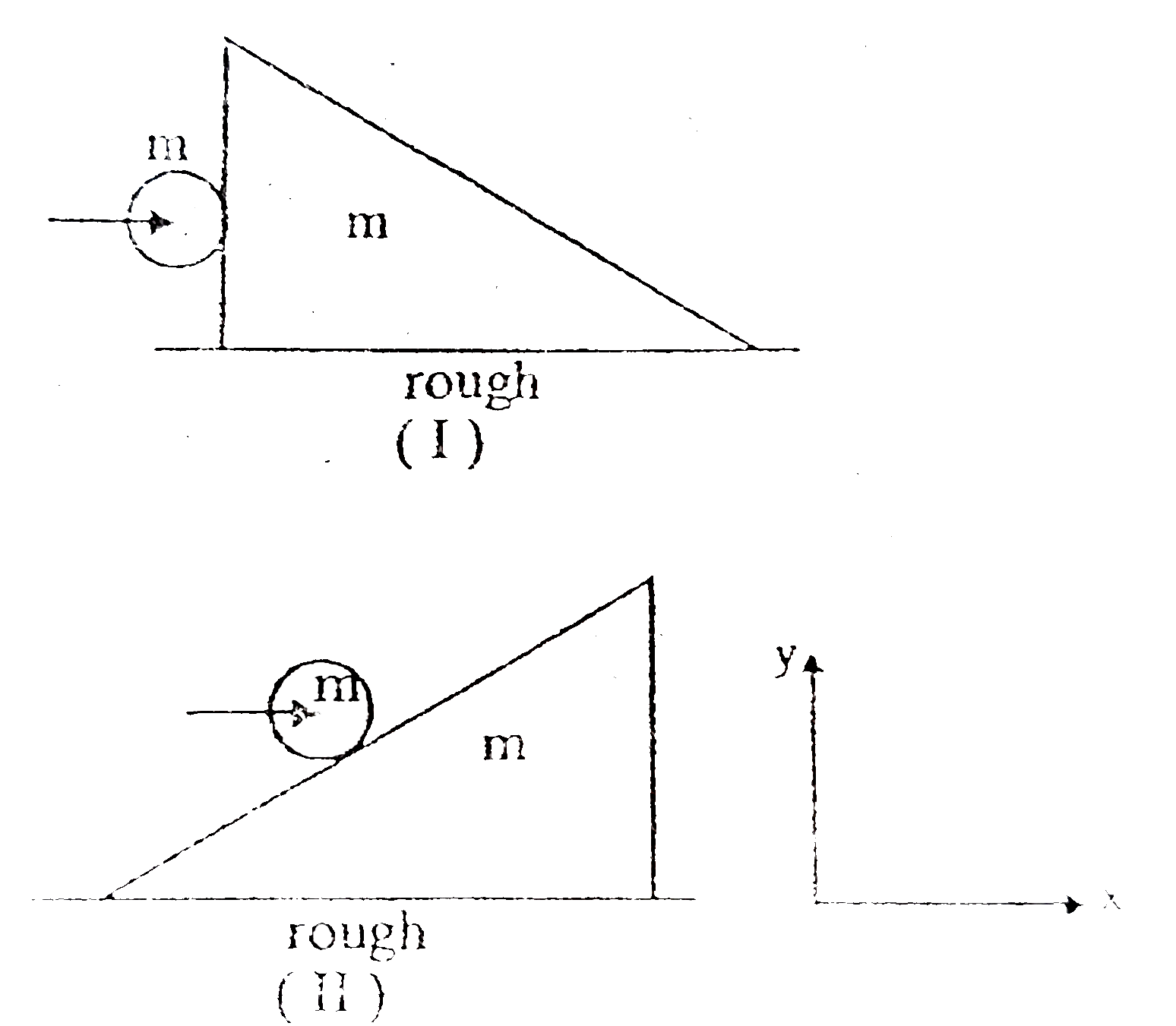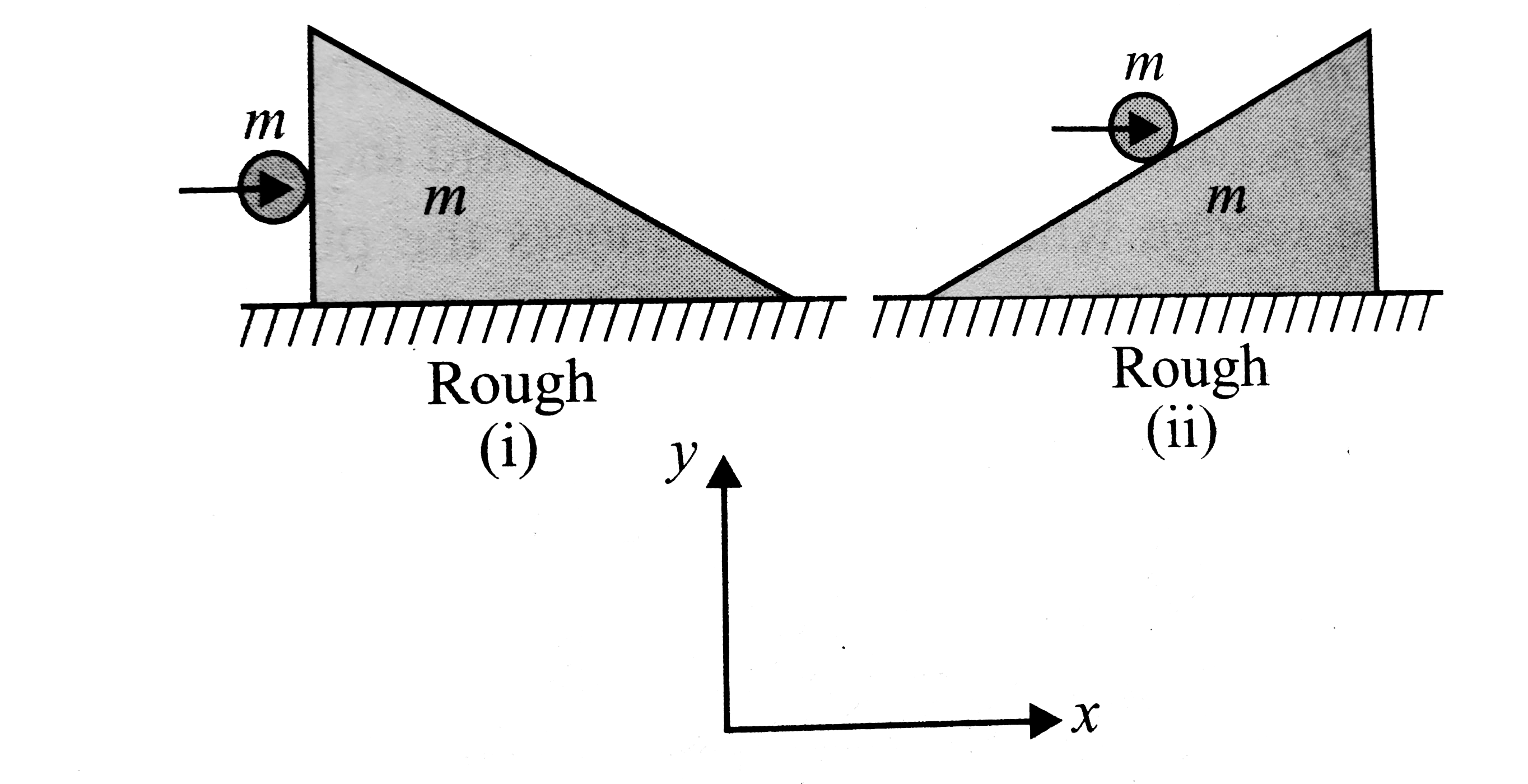A human female experiences two major changes menrache and menopause during her life. Mention the significance of both the events.
Menarche is the first menstrual cycle of the female and indicates the attainment of sexual maturity and ovulation from the ovary. It comes between 10 to 14 years of age. Menopause is the period of cessation of menstruation in the female and indicates the end of the reproductive fertile period. It comes between 50 to 52 years of age.
Topper's Solved these Questions
- BOOK - MODERN PUBLICATIONCHAPTER - HUMAN REPRODUCTIONEXERCISE - NCERT FILE (EXEMPLAR PROBLEMS (D ) LONG ANSWER TYPE QUESTION)5videos
HUMAN REPRODUCTION
- BOOK - MODERN PUBLICATIONCHAPTER - HUMAN REPRODUCTIONEXERCISE - HIGH ORDER THINKING SKILLS AND BRAIN TWISTING (VERY SHORT ANSWER QUESTION )10videos
HUMAN REPRODUCTION
- BOOK - MODERN PUBLICATIONCHAPTER - HUMAN REPRODUCTIONEXERCISE - NCERT FILE (EXEMPLAR PROBLEMS (B)VERY SHORT ANSWER TYPE QUESTION)15videos
HUMAN REPRODUCTION
- BOOK - MODERN PUBLICATIONCHAPTER - HUMAN HEALTH AND DISEASESEXERCISE - Chapter Practice Test2videos
HUMAN HEALTH AND DISEASES
- BOOK - MODERN PUBLICATIONCHAPTER - MICROBES IN HUMAN WELFAREEXERCISE - CHAPTER PRACTICE TEST (Long Answer Type Question )(Five marks each)(Section -E)8videos
MICROBES IN HUMAN WELFARE
Similar Questions
Knowledge Check
- Question 1 - Select One
The series of major changes in the body structure of a growing organism during its life cycle in order to transform from a young one to an adult is called __________.
AFertilizationBReproductionCMetamorphosisDNone of them - Question 2 - Select One
A ball of mass m collides horizontally with a stationary wedge on a rough horizontal surface, in the two orientations as shown. Neglect friction between ball and wedge. Two student comment on system of ball and wedge in thses situations

Saurav : Momentum of system in x−direction will change by significant amout in both cases. Rahul : There are no impulsive external forces ijn y−directions in both cases hence the total momentum of system in y-directions can be treated as conserved in both cases .ASaurav is wrong and Rahul is correctBSaurav is correct and Rahul is wrongCBoth are correctDBoth are wrong - Question 3 - Select One
A ball of mass in collides horizontally with a stationary wedge on a rough horizontal surface, in the two orientations as shown. Neglect friction between the ball and the wedge. The students comment on the system of ball and wedge in these situations
 Saurav: Momentum of the system in x-direction will change by significant amount in both the cases. Rahul: There are no impulsive external forces in x-direction in both cases, hence the total momentum of the system in x-direction can be treated as conserved in both cases. ASaurav is incorrect and Rahul is correctBSaurav is correct and Rahul is incorrectCBoth are correctDBoth are incorrect
Saurav: Momentum of the system in x-direction will change by significant amount in both the cases. Rahul: There are no impulsive external forces in x-direction in both cases, hence the total momentum of the system in x-direction can be treated as conserved in both cases. ASaurav is incorrect and Rahul is correctBSaurav is correct and Rahul is incorrectCBoth are correctDBoth are incorrect
Write two changes that happen during puberty to : both boys and girls
View SolutionIn a certain experiment , a sound wave was observed to have undergone a change in its velocity and wavelength but the frequency remained the same .
In another experiment , no change was observed in the velocity , wavelength or frequency but there was a change in the phase . if the direction of the wave propagation is changed in both the cases , identify the phenomena that took place in the two experiments . Give reasons for the changes in the physical quantities .View Solution(a) Specify the events which occur in the reproductive system of human female:
(i) If egg is fertilised.
(ii) If egg is not fertilised.
(b) Mention the changes that take place in uterus in both the above events.View Solution(a) Explain the menstrual phase in a human female. State the levels of ovarian and pituitary hormones during this phase.
(b) Why is follicular phase in the menstrual cycle also referred as proliferative phase ? Explain.
(c) Explain the events that occur in a graafian follicle at the time of ovulation and thereafter. ltbvrgt (d) Draw a graafian follicle and label antrum and secondary oocyte.View SolutionMention the major events during photosynthesis.
View Solution

